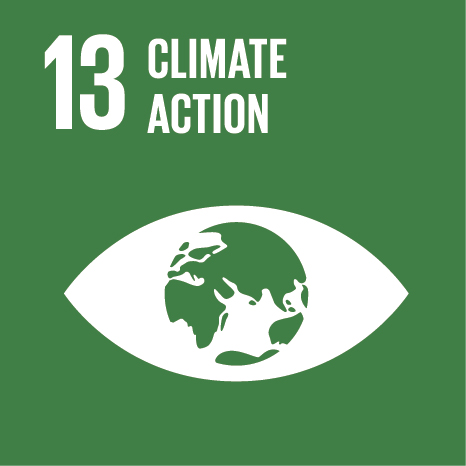Ciência_Iscte
Publications
Publication Detailed Description
Recognising and Managing 20th Century Heritage: Current Issues and Experiences
Year (definitive publication)
2022
Language
English
Country
Portugal
More Information
Web of Science®
This publication is not indexed in Web of Science®
Scopus
This publication is not indexed in Scopus
Google Scholar
This publication is not indexed in Google Scholar
This publication is not indexed in Overton
Abstract
Following the ICOMOS study “The World Heritage list: filling the gaps – an action plan for the
future” and the Global Strategy of the UNESCO World Heritage Committee (WHC) encouraging State
Parties to submit nominations on the 20th century Heritage, ICOMOS-Portugal presented an Ensemble
of works of Álvaro Siza for the World Heritage (WH) Tentative List, in 2017.
Despite the international recognition of Álvaro Siza’s architecture, there is not yet a complete
and systematic inventory of his built works. The information on his work is scattered, partial
or incomplete. The existent literature focuses more on compositional issues of the design, and
less on the constructive and technical dimension of his works, on the state of conservation of
the buildings, or on possible threats affecting them.
In this framework, the scope of SizaATLAS project is to address a comprehensive inventory of all
of Siza’s built works, and to develop a detailed documentation and analysis of the 18 buildings
selected for the WH List. This research and the comparison with the oeuvre of other architects
will result in a better understanding of the unique value of Siza’s architecture, in a national
and international context. This will be key to establish the justification of the Oustanding
Universal Value (OUV) of his work, its national protection and an effective management system
to support the instruction of Siza’s works nomination for the WH List.
The research intends to develop: 1) a COLLABORATIVE PLATFORM for open access, which will allow
database management and exchange, as well as forms’ compilation and research dissemination; 2) a
georeferenced INVENTORY of all the built works by Siza, in Portugal and abroad; 3) constructive
DOCUMENTATION and analysis of the 18 selected built works, supported by archival research and
fieldwork, including surveys (photographic, photogrammetric and 3D visualization), record of the
state of conservation, surveys to users and threats that affect the assets; 4) RECOMMENDATIONS
based on the data collection and its analysis, to help prepare the process instruction for
protection at national level, and for the nomination for World Heritage. Also, proposals for
comparative analysis at national, international and World Heritage are developed contributing
for the establishment of the OUV, as well as for the future management and monitoring of the
selected works; 5) DISSEMINATION and transfer of knowledge of the work of Siza is one of the main
focus of SizaATLAS, at a large scale, which will allow the exchange and dissemination of his
work. This broad and interactive dissemination together with the WH nomination can potentially
impact at the economic, social and cultural sector (namely tourism), in a strong connection with
local and regional communities and stakeholders (municipalities, heritage offices, managers
and owners).
SizaATLAS research project contributes for knowledge through the study and enhancement of
Portuguese architecture in an international framework; for the protection of Siza’s works at
municipal, national and international level; and for a deeper reflection on its contribution
to the 20th and even 21st century architecture, responding to the UNESCO Global Strategy; and
assuring the diffusion and the preservation of Siza’s works for future generations.
Acknowledgements
--
Keywords
Fields of Science and Technology Classification
- Civil Engineering - Engineering and Technology
Contributions to the Sustainable Development Goals of the United Nations
With the objective to increase the research activity directed towards the achievement of the United Nations 2030 Sustainable Development Goals, the possibility of associating scientific publications with the Sustainable Development Goals is now available in Ciência_Iscte. These are the Sustainable Development Goals identified by the author(s) for this publication. For more detailed information on the Sustainable Development Goals, click here.

 Português
Português



